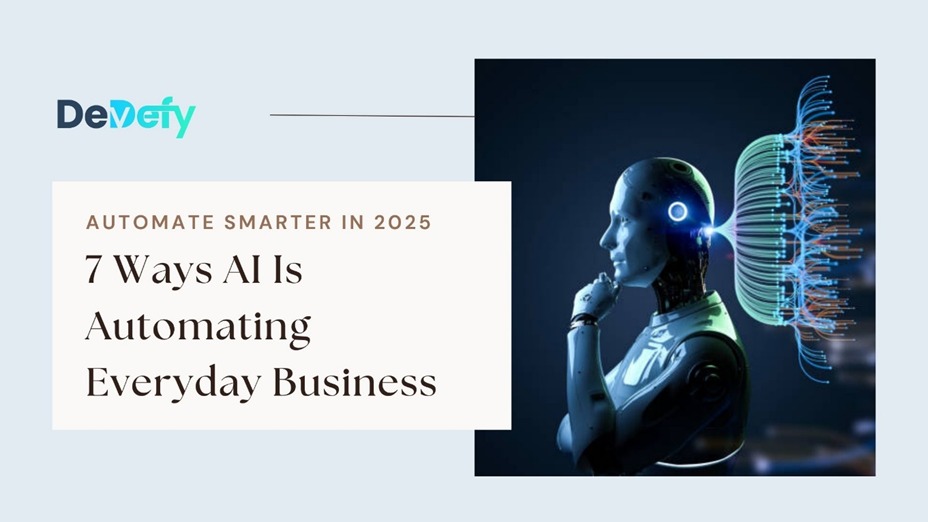The Password-less Future: Are We Finally Saying Goodbye to Passwords?

Do you have a long list of passwords buried in your notes app? Have you ever had to reset a password–again–because you forgot it? If so, you’re not alone. According to Colorlib, studies estimate that 50-70% of people forget at least one password every month, leading to frustration, wasted time, and security risks. The average person manages 168 passwords for personal accounts and 97 for work, making it increasingly difficult to keep up with credentials.
With the rise of cyber threats and password fatigue, traditional passwords are becoming increasingly inefficient. As a result, many companies are moving toward a passwordless future, replacing passwords with biometric authentication, passkeys, and other secure alternatives. But what does this shift mean for businesses and consumers? Let’s explore the benefits, challenges, and key players driving this transformation.
The Problem with Passwords: Why They're Failing Us
Passwords pose a significant security risk due to widespread use of weak and reused credentials. According to Password Manager, many users create easily guessable passwords- such as birthdays or simple number sequences- and often use the same credentials across multiple accounts, websites and applications. This practice increases vulnerability to cyber threats, particularly phishing attacks. As reported by a MasterCard study, 80% of confirmed data breaches involving its customers were linked to weak or stolen passwords. Similarly, Verizon’s 2022 Data Breach Investigations Report found that 36% of all data breaches involved phishing while in 2021, 81% of companies reported experiencing phishing attacks. These statistics reinforce the critical need for stronger authentication methods to defend both businesses and individual users from cyber threats.
The Key Benefits of Passwordless Authentication
Passwordless authentication eliminates the need for users to memorize passwords, offering a more secure and seamless verification process. Instead of relying on traditional login methods, passwordless systems use alternative authentication techniques that offer both enhanced security and convenience. Some forms of passwordless authentication include:
- Biometric authentication: fingerprint scans, facial recognition, and iris scans, is one of the most widely adopted approaches
- Hardware security keys: generate one-time passcodes and provide an extra layer of protection against unauthorized access
- Authenticator apps: utilize time-sensitive codes to verify identity
- Push notifications: allow users to approve login requests directly from their devices
Leading Tech Companies Driving the Shift to Passwordless Security
Various leading technology companies are dominating the shift toward a passwordless future. Google has introduced passkeys, enabling users to sign into their accounts via facial recognition or fingerprints rather than passwords. Because passkeys are stored locally on a user’s drive, they cannot be guessed, reused, or stolen via phishing attacks, making them a significantly more secure alternative. Similarly, Apple has integrated passkeys into its security infrastructure, generating private keys that are securely stored on users’ devices and authenticated through Face ID, Touch ID, or a device PIN.

Transitioning to a passwordless future offers better security and convenience, but many organizations face challenges. A survey by Okta found that 41% struggle with integration, while 33% worry about data privacy, especially with biometrics. According to Grand View Research, despite the market’s rapid growth- valued at $21.07 billion in 2024 and projected to grow 17.1% annually- adoption varies. Research by Statista reports that around 41% of retail and 39% of financial services plan to implement passwordless authentication soon. Additionally, PingIdentity claims that 97% of IT leaders who haven’t adopted it expect challenges, highlighting the need for clear strategies to ease the transition.
The Road Ahead: Embracing a Passwordless Future
The transition to a passwordless future is no longer a distant vision—it is a critical step toward stronger security, improved user experience, and enhanced protection against cyber threats. While challenges such as integration complexities, privacy concerns, and user adoption remain, organizations that embrace passwordless authentication methods, including biometric authentication, passkeys, and multifactor security, will gain a competitive edge in securing their digital environments.
By proactively adopting passwordless security solutions and staying ahead of emerging threats, businesses can confidently navigate the shift toward a passwordless future. Investing in these advancements not only strengthens cybersecurity but also builds trust with users in an increasingly digital world. The future is clear—the passwordless future is here, and those who adapt now will lead the way in shaping a more secure and seamless digital experience











